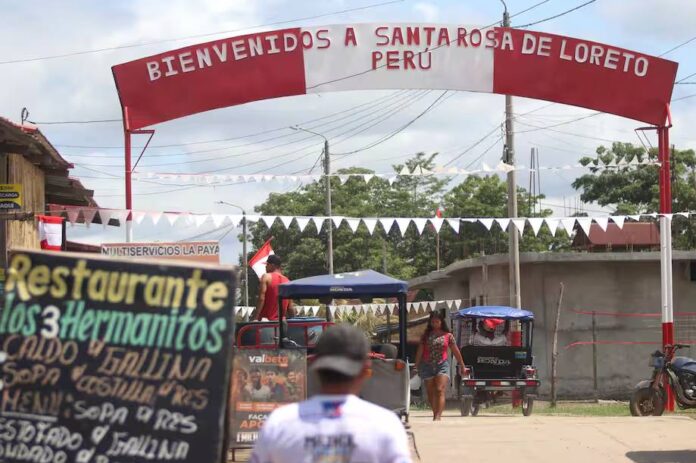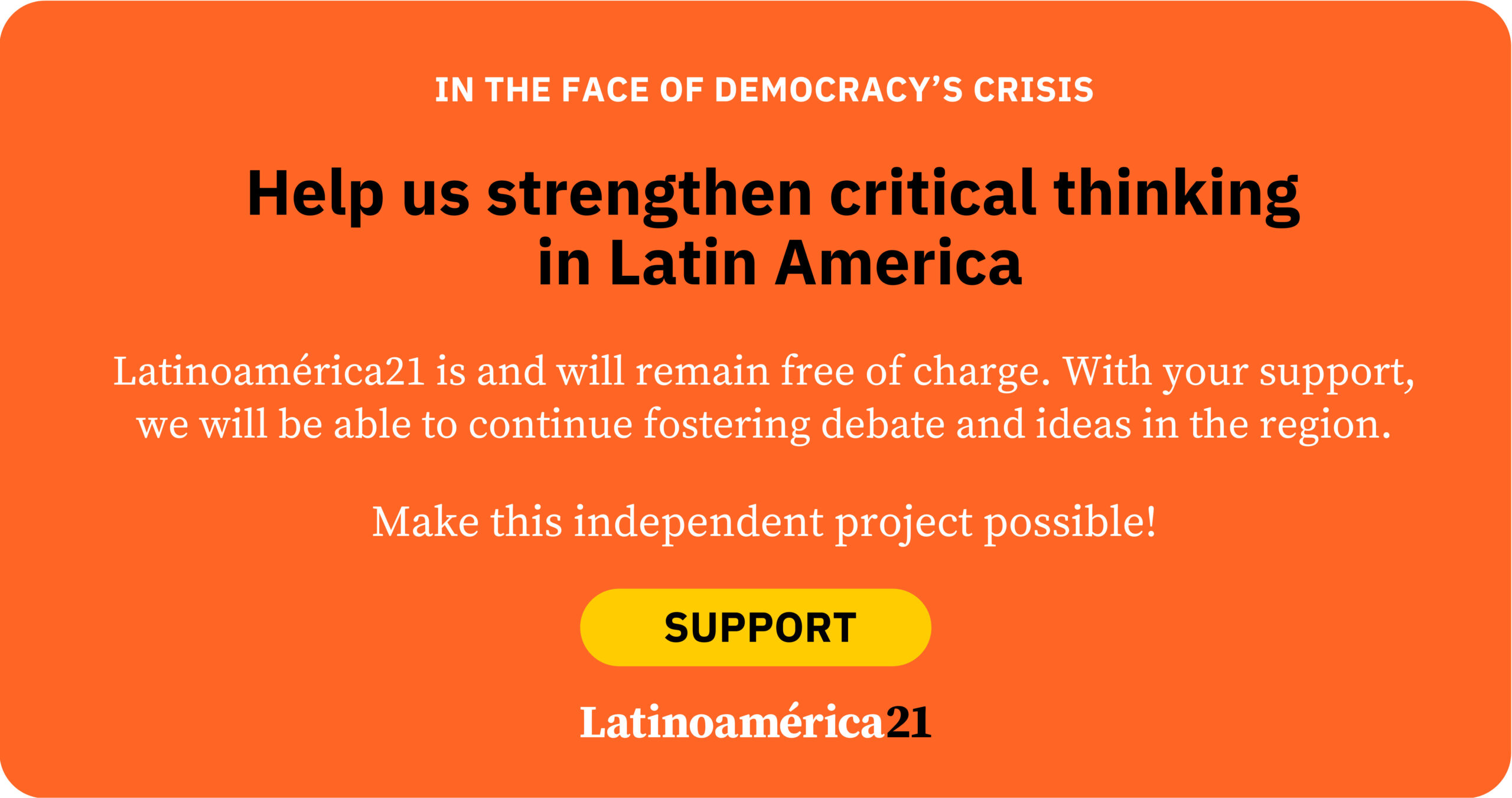
In Latin America, maps are redrawn more quickly in campaign speeches than in the offices of foreign ministries. Santa Rosa Island, now at the center of tension between Peru and Colombia, is just the latest chapter in a well-worn regional recipe: when internal stability is at risk, there is always a piece of land at hand to stir up nationalism. Here, diplomacy often gives way to patriotic oratory, and sovereignty becomes political fuel that burns strongest in times of adverse polling.
Colombian president Gustavo Petro is the newest protagonist in this story of geographic instigation. The confrontation erupted on August 7 when he claimed sovereignty over the island, located at the triple border between Colombia, Peru, and Brazil in the heart of the Amazon. His move came in protest against the Peruvian Congress, which on July 3 passed a law creating the district of Santa Rosa de Loreto on that very island as part of its national territory.
The island emerged around 1970 from the natural fragmentation of the southern part of Peru’s Chinería Island. To the east, it borders the cities of Leticia (Colombia) and Tabatinga (Brazil). It is inhabited almost exclusively by Peruvians—about 1,800 residents—who hold Peruvian identity documents and rely on services provided by the Peruvian state.
Peru argues that international treaties, such as the 1934 Rio de Janeiro agreement, back its claim, and that Petro’s narrative stems from ignorance. Yet the truth is that by demanding sovereignty over the island, Petro appears to be distracting attention from domestic scandals, including a corruption case over overpriced water trucks and the alleged diversion of resources to bribe legislators in exchange for support for his social reforms.
The judiciary is also investigating alleged illicit financing of his presidential campaign, which reportedly included donations from drug traffickers to his son Nicolás.
By June 2025, Petro’s disapproval rating had reached its highest point. Although he recovered moderately in August, rejection remains significantly higher than support. Some 89% of Colombians disapprove of the citizen security crisis, which they say has worsened under his administration, as well as the unilateral calls for popular consultations, such as the one on labor reform. Health services have not improved, and restrictions on energy exploration have hurt economic growth expectations.
These episodes have dealt a serious blow to Petro’s credibility, pushing him to seek a narrative that restores his political standing and rallies his electoral base.
Is Petro using the issue for political purposes? Clearly, yes. He moved the celebration of the Battle of Boyacá to Leticia to avoid a mining protest that was costing him political capital. He called for the defense of sovereignty and did not rule out taking the dispute with Peru to international courts if diplomacy fails. Every bold statement is staged to carry an epic tone.
On the other side, Peruvian society is convinced that the Colombian president is using the issue as a smokescreen. The maneuver comes just as his coalition, the Historical Pact, needs to consolidate its position ahead of the May 2026 presidential elections. And as in so many other Latin American stories, the real battlefield is not the disputed territory but public opinion.
Take, for instance, the conflict between Venezuela and Guyana over the Essequibo, which has repeatedly flared up during economic crises, sanctions, and diplomatic isolation of Nicolás Maduro’s dictatorship. Although the dispute dates back to the 19th century, Maduro has turned it into a recurring card to play whenever the economy collapses or protests threaten to ignite the streets. Business as usual.
In December 2023, the referendum on the Essequibo was a clear attempt to stir up nationalism and shore up the regime ahead of elections. Six months later, Maduro still lost, yet held onto power through judicial maneuvers still contested today. Once again, he showed that territorial disputes are a ready-made lifeline for his regime.
This year, he doubled down with plans to establish a special military zone and grant oil concessions in the area, accompanied by military maneuvers on the border to bolster his anti-imperialist rhetoric against U.S. support for Guyana. His actions confirm that in Latin America, patriotic exaltation remains the go-to excuse for covering up internal problems and scandals.
In Evo Morales’ Bolivia, the story was similar. After years of pushing Chile on the maritime claim, the 2018 ruling by the International Court of Justice was entirely unfavorable to Bolivia, establishing that Chile had no legal or diplomatic obligation to negotiate sovereign access to the sea. Nevertheless, Morales and his allies clung to a single phrase in the ruling that said the verdict did not preclude bilateral dialogue, which in reality only referred to voluntary talks.
In recent months, Morales—barred from running for office—called for a null vote in the 2025 presidential elections and hinted at reviving the maritime claim as a political banner. It is likely that the sea issue will continue to resurface in his rhetoric as a tool for agitation.
The island, the sea, or the river are mere excuses: what is truly at stake is power. Nationalism remains the favorite refuge of those bad rulers unwilling to be held accountable for their failures.
*Machine translation, proofread by Ricardo Aceves.


